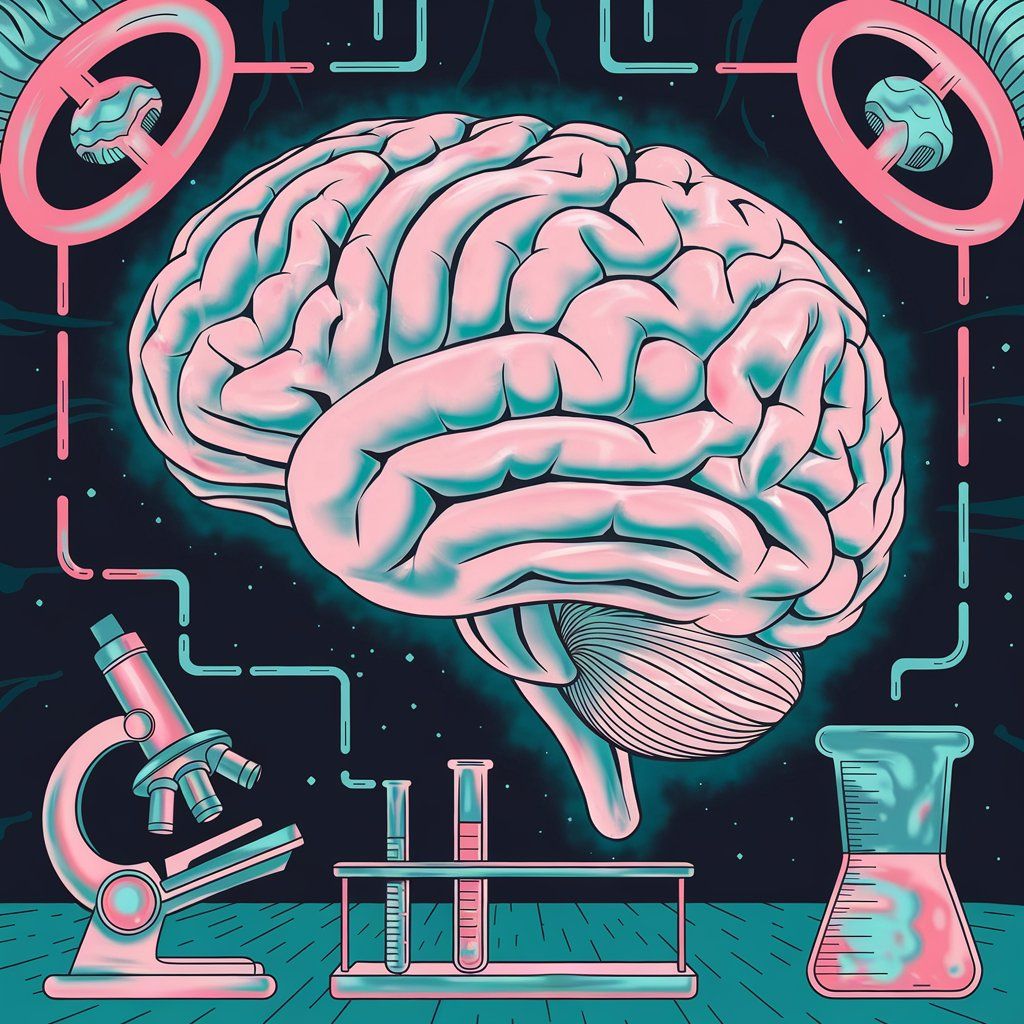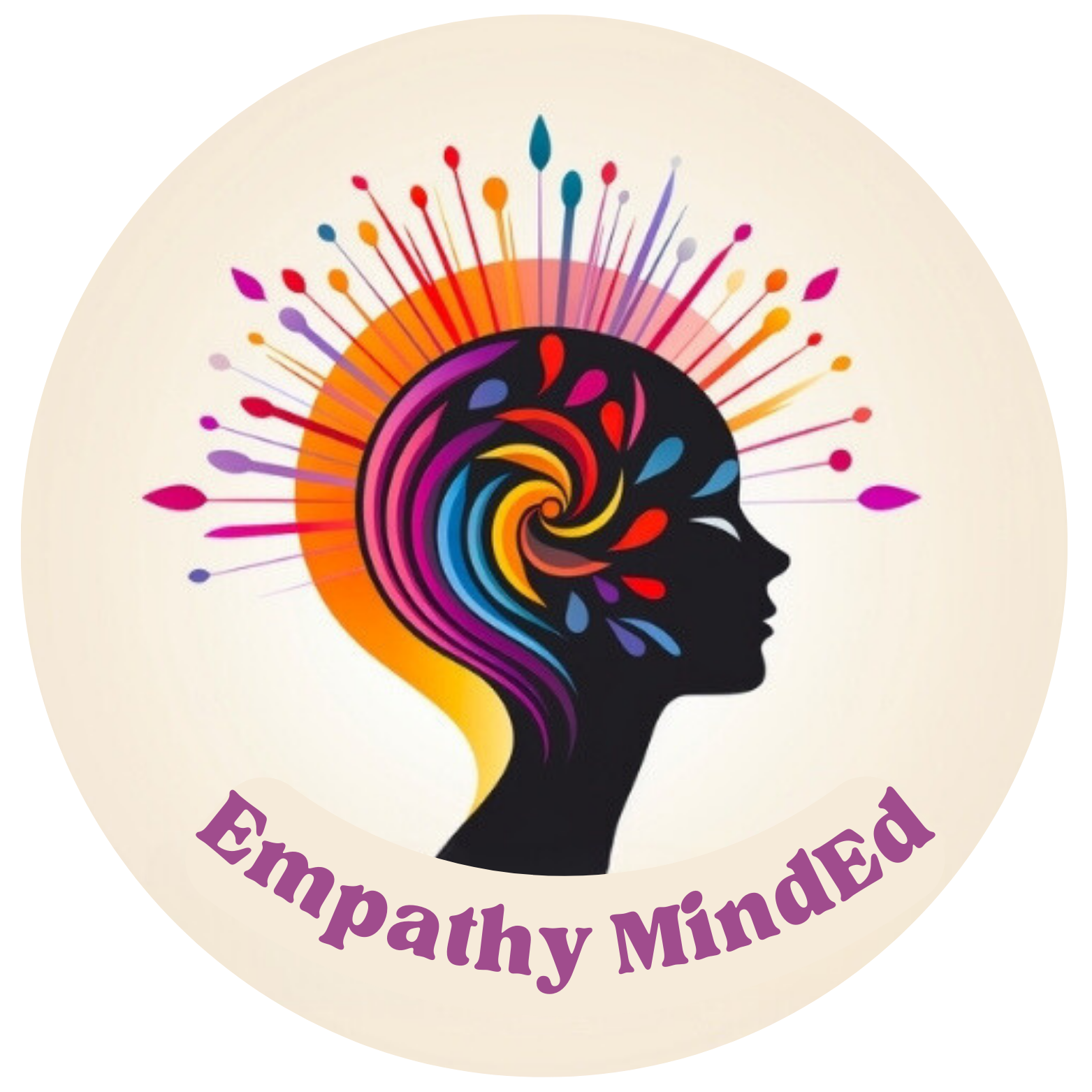
As psychiatric professionals, we're constantly seeking innovative approaches to tackle treatment-resistant depression (TRD). Today, we're exploring a groundbreaking combination that's showing remarkable promise: Ketamine and
Transcranial Magnetic Stimulation (TMS).
This powerful duo isn't just changing treatment protocols; it's revolutionizing how we think about brain plasticity and personalized care in TRD. Recent research suggests that combining these treatments may yield even stronger and longer-lasting results than either method alone (Dębowska et al., 2023).
Breaking New Ground in Psychiatric Care
Breaking New Ground in Psychiatric Care
The potential synergy between ketamine and TMS lies in their complementary effects on brain plasticity and neurotransmitter systems:
Enhanced neuroplasticity: Both ketamine and TMS promote neuroplasticity. Ketamine rapidly increases glutamate transmission and promotes synaptogenesis, while TMS induces long-term potentiation and depression in neural circuits. Together, they may create a more robust environment for neural remodeling (Dębowska et al., 2023).
Complementary neurotransmitter effects: Ketamine primarily affects glutamatergic signaling, while TMS can modulate multiple neurotransmitter systems, including dopamine and serotonin. This multi-system approach could address the complex neurobiology of TRD more comprehensively (Dębowska et al., 2023).
Potential for reduced treatment resistance: Ketamine's rapid effects might create a window of opportunity for TMS to be more effective, potentially overcoming treatment resistance mechanisms (Dębowska et al., 2023).
The Power of Synergy
Why combine these treatments? Early clinical data, while limited, shows promise. A retrospective study by Best et al. (2019) found that combining TMS with ketamine infusions resulted in significant reductions in depressive symptoms that were sustained for up to two years post-treatment. The coincident administration of ketamine allowed for higher TMS intensities than patients would typically tolerate, potentially enhancing the overall therapeutic effect.
At this nascent stage, potential benefits include:
1. Enhanced brain plasticity
2. Complementary effects on neurotransmitter systems
3. Multi-pronged approach to complex TRD neurobiology
Early Research Findings:
❒ Significant reductions in depressive symptoms
❒ Improved functionality
❒ Cases of sustained remission
In our upcoming posts, we'll dive deeper into:
❒ Neurobiological mechanisms
❒ Emerging treatment protocols
❒ Practical implications for clinical practice
Challenges and future directions
As we continue to explore this combined approach, it's crucial to consider optimal treatment protocols, timing of interventions, and potential biomarkers that may predict treatment response. The synergistic potential of ketamine and TMS represents an exciting frontier in the treatment of TRD, offering new hope for patients who have not responded to traditional therapies.
References:
Dębowska, W., et al. (2023). Transcranial magnetic stimulation and ketamine: implications for combined treatment in depression. Frontiers in Neuroscience, 17, 1267647.
Best, S. R., Pavel, D. G., & Haustrup, N. (2019). Combination therapy with transcranial magnetic stimulation and ketamine for treatment-resistant depression: A long-term retrospective review of clinical use. Heliyon, 5(8), e02187.
